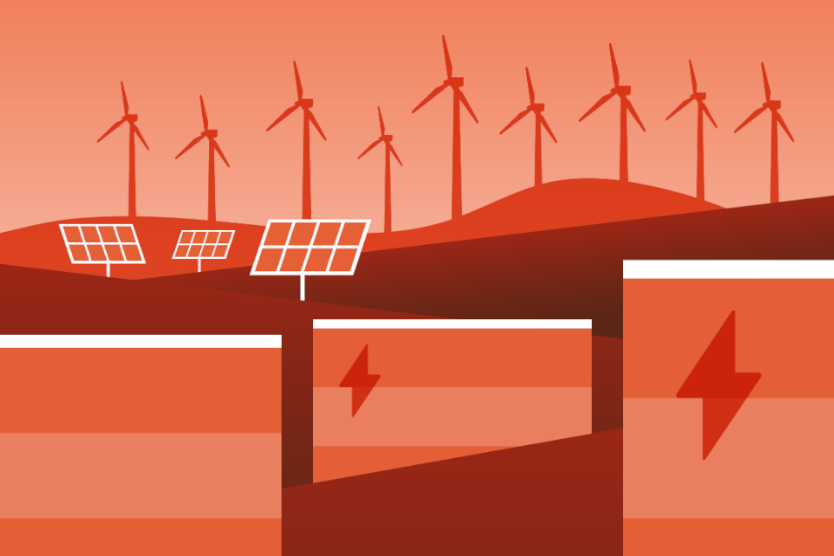
The HZDR developed an economical and sustainable alternative to the lithium battery for overnight storage and buffering power.
A new short-term battery concept based on liquid metals and molten salts being heated to several hundred degrees Celsius is being explored by the Helmholtz-Zentrum Dresden-Rossendorf (HZDR) as a possible solution for energy-intensive industrial applications. The SOLSTICE project could provide an economical and sustainable alternative to the lithium battery for overnight storage and buffering power as Germany shifts over to using renewable energy.
“We are using sodium and zinc as the active materials,” says Dr Norbert Weber (who is co-leading an international team based at HZDR’s Institute of Fluid Dynamics with Dr Tom Weier) in a press release. Sodium, the sixth most plentiful element on the planet, will be used for the anode, while molten zinc, which is rarer but can be sourced in Europe, will provide the cathode, separated by a semi-permeable membrane.
The team will develop and test two different kinds of systems at different temperatures – one at 600 degrees Celsius, the other at 300 degrees Celsius. “In the first system, both the electrodes and the electrolyte are liquid,” explains Weber in the foregoing press release. “Our Norwegian partners have already experimented with this setup and have verified that the principle works. Energy in the megawatt hour range is to be stored here, which predestines such batteries for industrial applications.”
The electrolyte in the second system will be solid, however. “Our partners in Switzerland already have functional systems that work with nickel chloride. We want to replace the nickel chloride with zinc chloride in the project,” Weber continues. “These batteries can even be envisioned as home storage units in the kilowatt hour range.”
Weier is confident they can develop a viable alternative to lithium storage over the next four years: “Our advantage is the extremely simple design,” says Weier. “This makes the battery cells very scalable.” The project has been funded with EUR 8 million through the EU’s Horizon 2020 programme.


